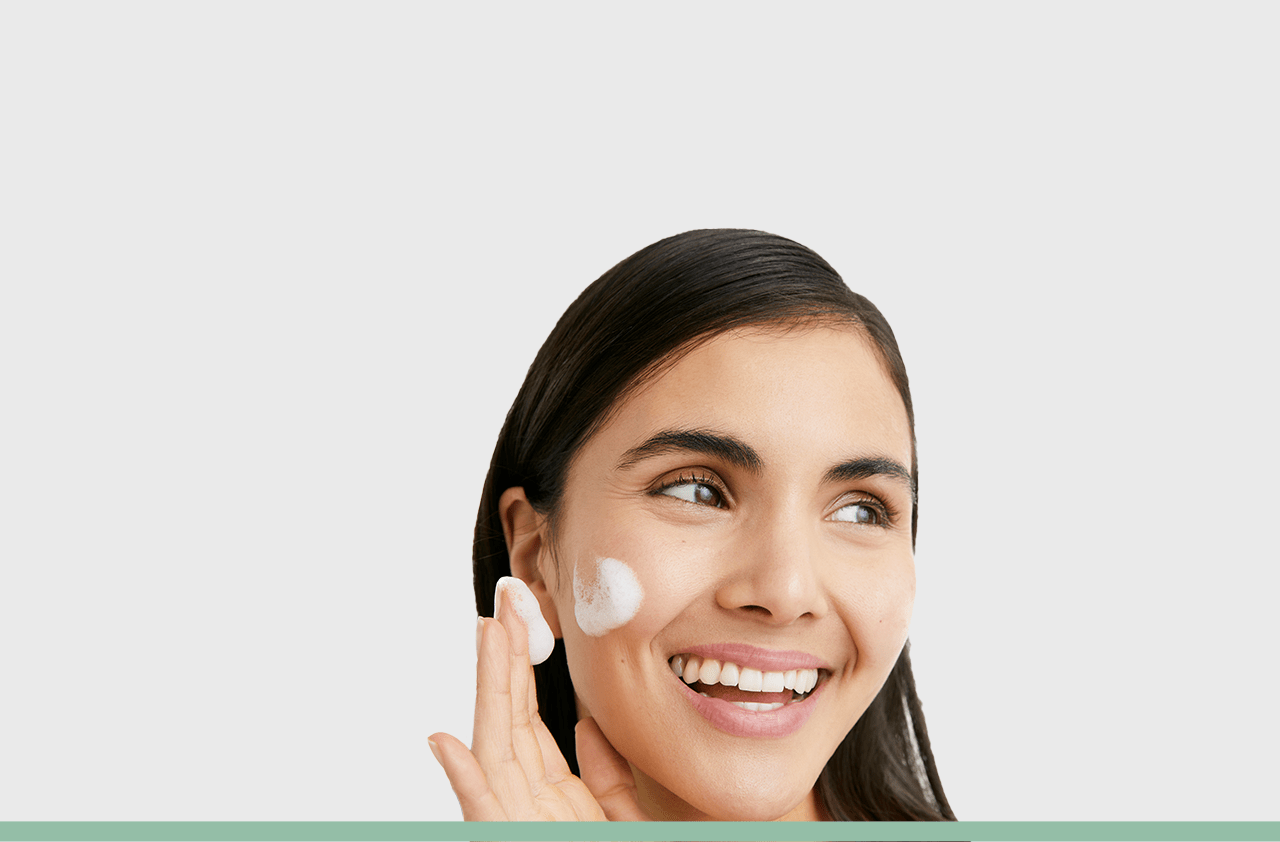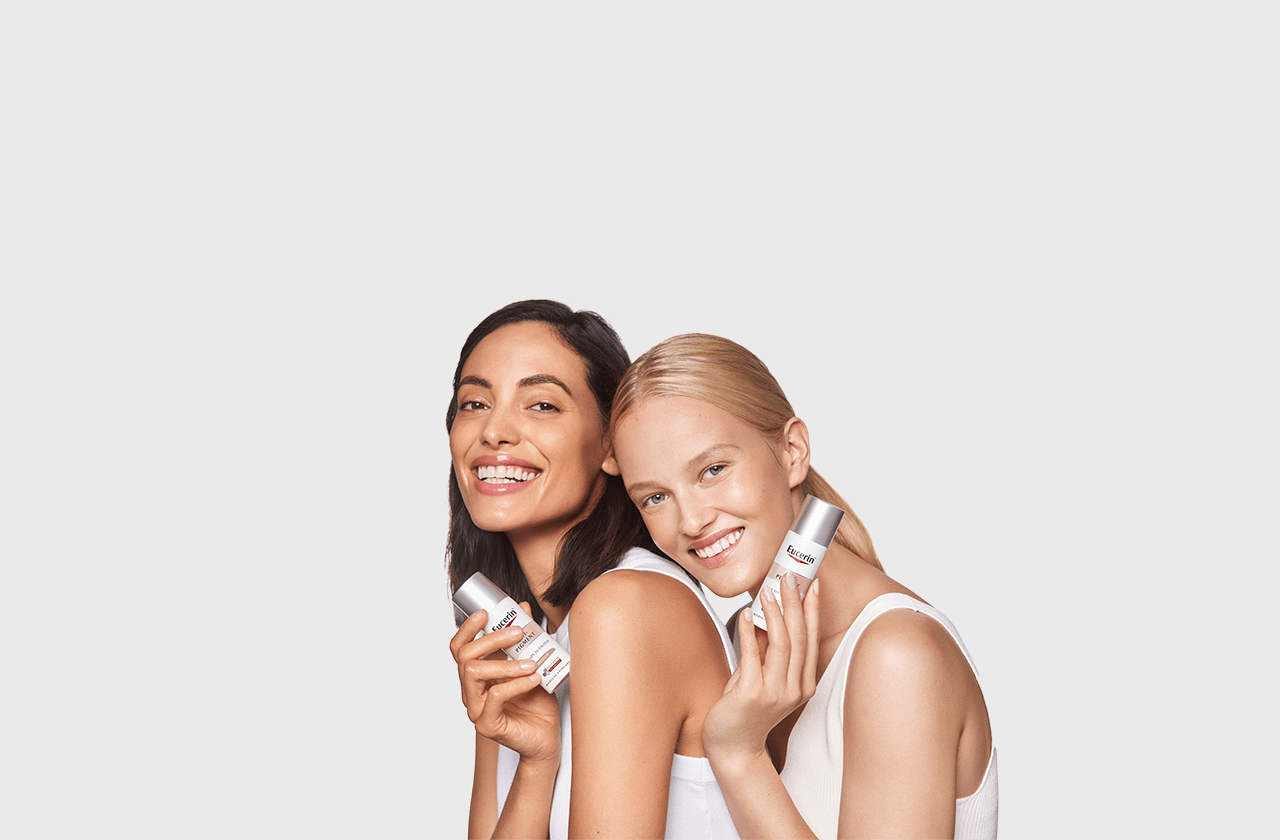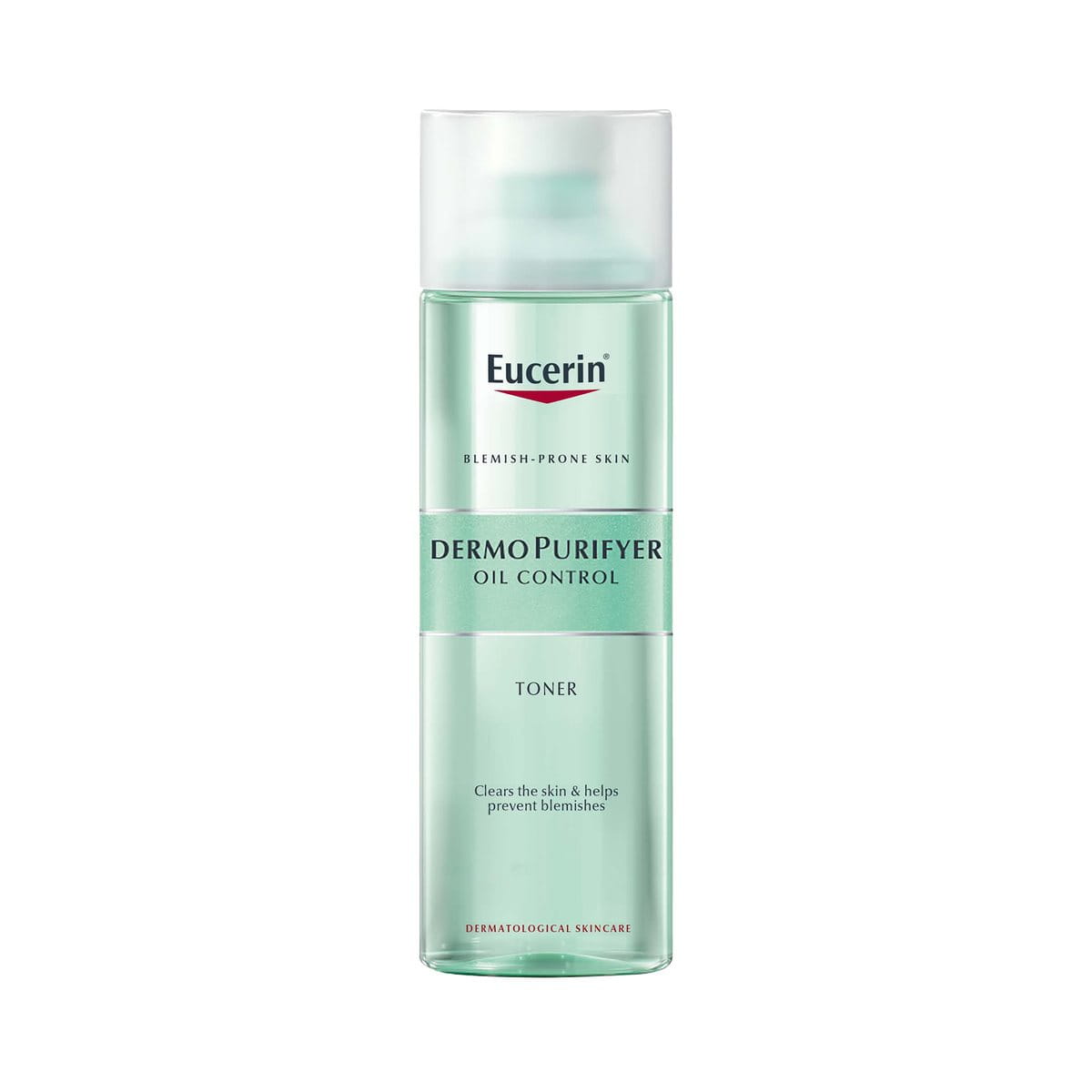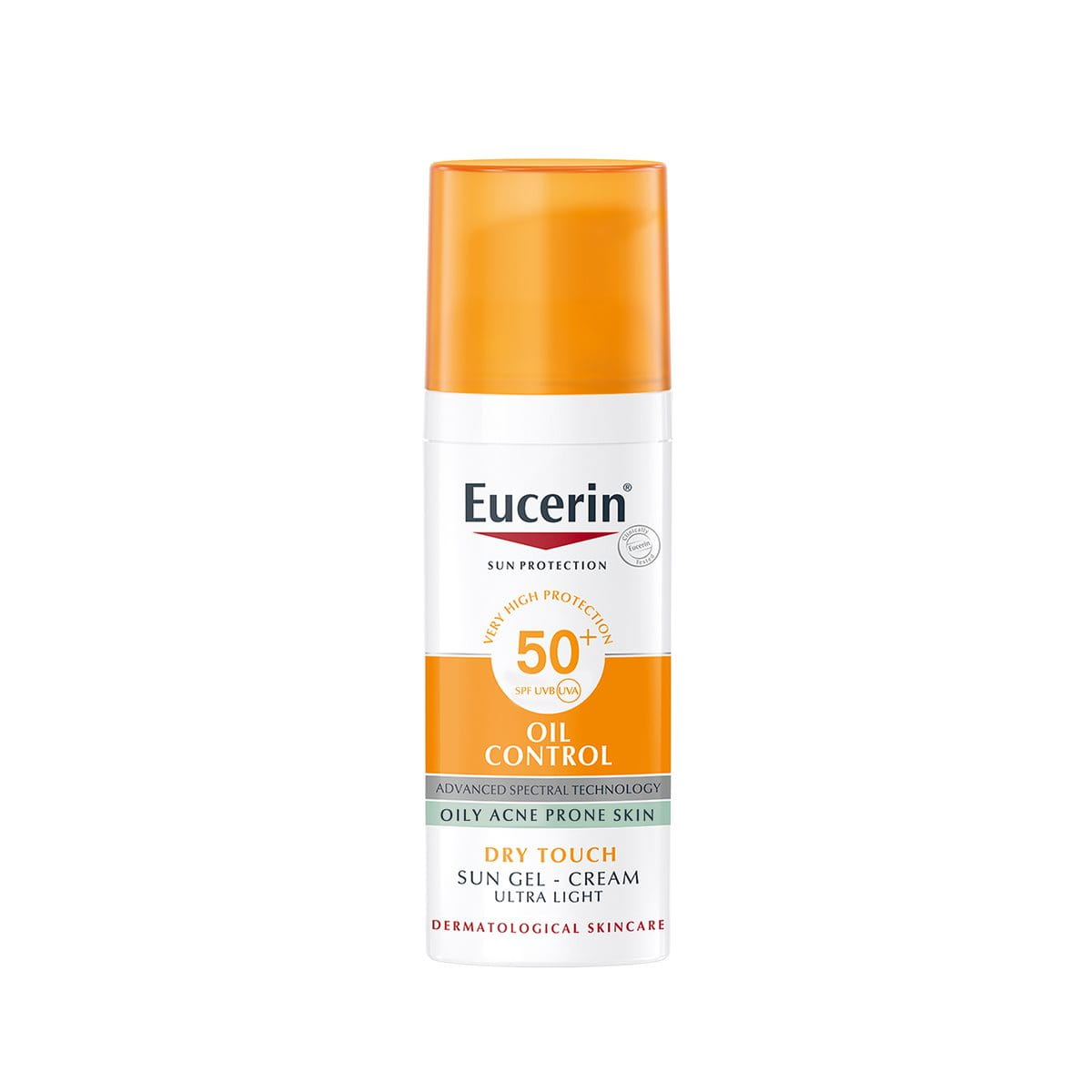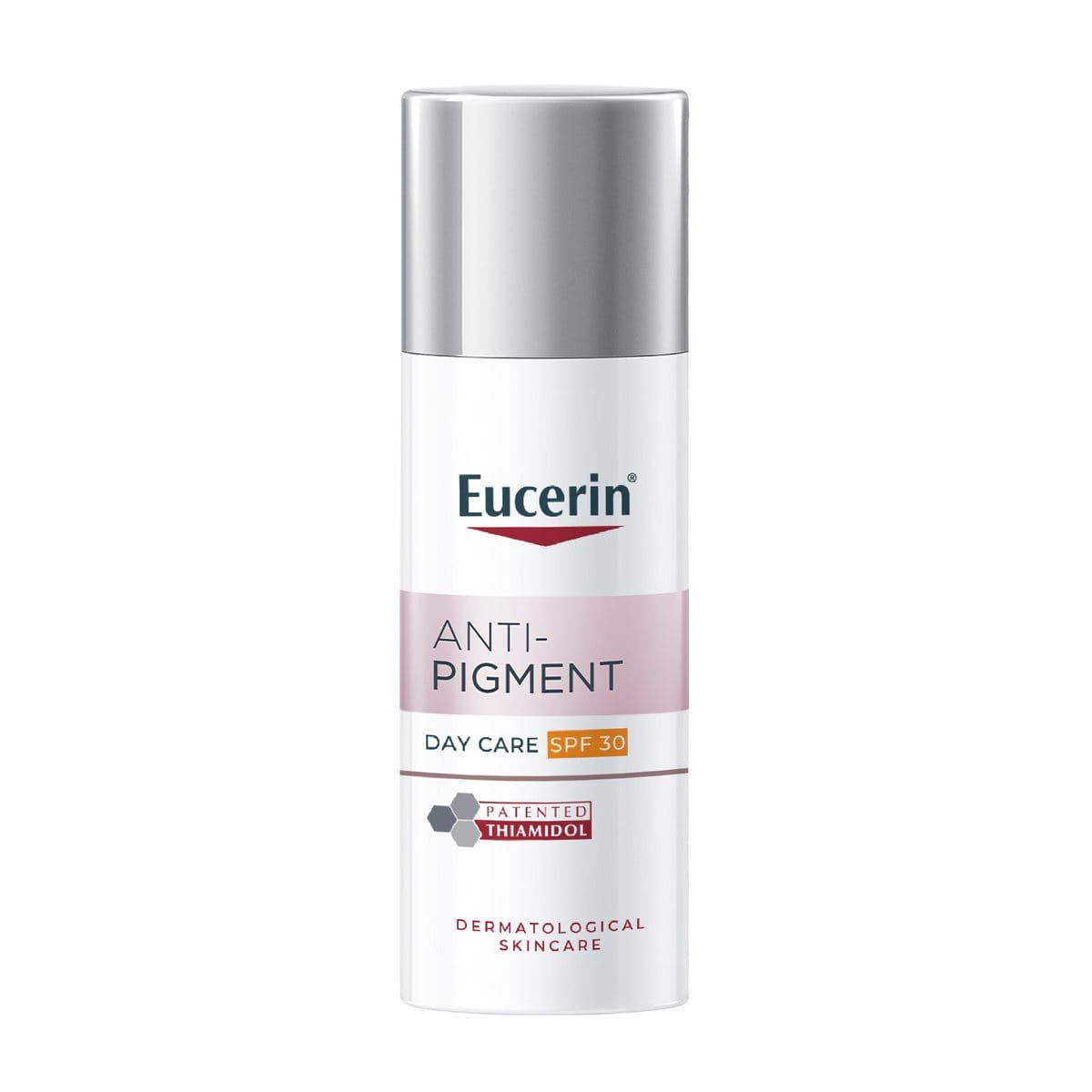The world of skincare is riddled with exfoliants. AHAs, BHAs, and PHAs are the new buzzwords that can seemingly do everything for your skin. However, despite them all being exfoliants, they function a little differently. Here’s what they do for your face and which one you should pick for your skin -
Keynotes:
- AHAs, BHAs, and PHAs are exfoliating acids that improve skin texture and clarity by removing dead skin cells.
- AHAs work on the surface to brighten and smoothen skin, while BHAs penetrate pores to treat acne and oily skin. PHAs are gentler, making them ideal for sensitive skin types.
- Practice caution with exfoliants and start with low concentrations
- After exfoliating, always use day creams, night creams, and sunscreens to repair your skin barrier.

